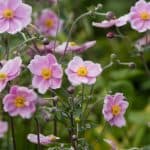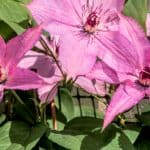Last updated on April 3rd, 2022
Our site is reader supported, this means we may earn a small commission from Amazon and other affiliates when you buy through links on our site.
If you are growing plants, you know that they can succumb to many issues. Different seasons, weather, and other environmental factors can manifest in the form of wilting, discolouration, and even powdery mildew. This powdery mildew is what we are going to focus on in this article.
And the problem with certain outbreaks is that if you do not prevent it, or treat it once you see it, it can spread until such time that all of your plants become affected. Mildew is one such fungus that affects many plants, from fruit bushes to ornamental shrubs and perennials.
So, what is powdery mildew and how can you prevent it?
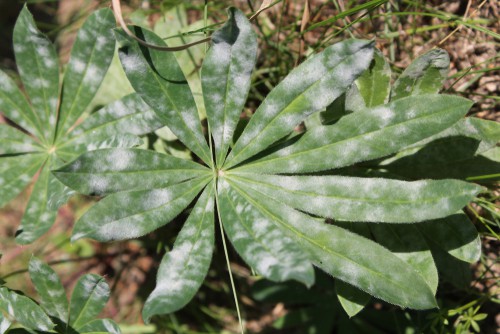
Mildew
Powdery mildew is a fungus, which means it becomes a fungal disease when it affects your plants. When a plant has mildew, you will see it on the foliage first, then the stems, and sometimes even the flowers and fruit. The fungus, effectively, covers the plant surface and looks very unsightly.
Most fungus is found on the surface of the plant. The fungus sends feeding structures inside the cells of your plants, which is why the plants are weakened. The spores themselves are microscopic, but they are airborne and this means they can spread from surface to surface incredibly easily, especially in wet conditions where nothing more than a splash of water can move them.
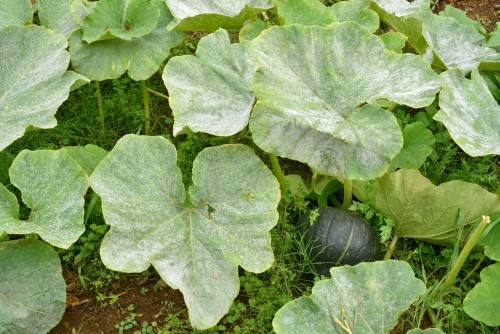
Which Plants Are Susceptible?
There are many plants susceptible to mildew, especially ornamental and edible plants and if we were to try and list every plant it would contain thousands of plants but is just a few of the plants that are most commonly affected.
- Grasses
- Daisies
- Rhododendrons
- Grapes
- Apple trees
- Gooseberries
- Cucumbers
- Peas
- Azaleas
- Roses
- Honeysuckle
- English Oak
This is not a complete list, however, it does cover a handful of those that are most susceptible. It is important to understand that powdery mildew covers a range of outbreaks, such that the powdery mildew that is on your peas is slightly different from the one on your apple tree.
Symptoms and identifying Mildew
Mildew presents in the form of powdery patches of fungus, hence the name. These patches usually appear first on the upper or lower parts of the leaves, and then on the rest of the plant. Sometimes the tissue of the plant is distorted or stunted as a result, like the leaves on roses. In other mildew infections, the infected tissue doesn’t show much in the early stages, but as the fungus spreads, it starts to discolour the leaves.
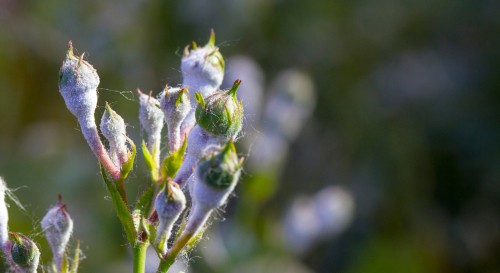
Be advised that it can be difficult to see at times, especially if the majority of the fungus is on the underside of the leaves, and this is actually quite common with Rhododendron leaves.
Treating Mildew once you have it
Once you see the mildew, it is important that you remove any infected parts of the plant and destroy the material. If you leave it, then the infectious spores can spread. And if you fail to destroy it, and instead leave the fallen debris on the ground, the spores can wait throughout winter and attack again the following spring.
Using fungicides to control mildew
Given the location of powdery mildew, you can use chemical controls quite easily. Fungicides are perfect for fast and easy treatment. If you have edible plants with a mildew problem, like cucumbers, Tebuconazole with trifloxystrobin is best. Regular tebuconazole can be used on ornamental plants.
If you feel inclined, or want to tackle two garden problems with one application, you can use a combination of fungicide and insecticide to get rid of diseases and pests simultaneously. RoseClear Ultra spray is a good option for this, however, it isn’t suitable for edible plants.
Recommended fungicides
- Systmic insecticide and fungicide with 3-in-1 action
- Kills systemically and on contact
- Kills aphids
- Controls blackspot, powdery mildew and rust
- Protects for up to four weeks to prevent further attacks
Fungicides suitable for edible plants
- LEAF DISEASES: Controls all major leaf diseases of roses and ornamental plants, such as blackspot, powdery mildew, white rust, leaf spot, and box blight
- EFFECTIVE FORMULA: Fast acting contact and systemic formula ensures it gets working quickly, whilst protecting for up to 3 weeks
- SUITABLE FOR: Suitable for use on houseplants, ornamental garden plants, and select edibles
- EASY TO USE: Convenient, ready to use spray with twist and lock function for quick application
- HOW TO USE: Use at the first sign of infection for best results
Preventing Mildew
Obviously, the best way to handle mildew is to prevent it from occurring in the first place. Preventative measures can help the most when it comes to maintaining healthy plants.
Start by finding suitable locations for any plant you grow, including the right amount of sunlight, shelter, and soil. With regards to the soil, always monitor things like moisture levels so that you do not accidentally provide an environment in which the spores can grow. You should always water regularly when the weather is dry but avoid overwatering. Help ensure good drainage at the same time by adding mulch, layers of stones at the bottom of pots, and good soil.
Try not to plant anything too closely together to allow good airflow, and to follow the correct procedure of pruning. If plants are grown too close together, or they become that way with time, it cuts off air circulation and this keeps the environment moist and hospitable to fungus. When you do water, try to do it early in the morning or later in the evening, not during the day when the sun will cause the leaves to burn or dry out too quickly.
Too much fertiliser can also impact your plants, particularly if they are receiving too much nitrogen.
Always check all parts of your plant for early signs of mildew. Do not skip examining the underside of the leaves because this is often where it starts, and often where it is missed.
Learn about black spot on roses, which is another very common disease to watch out for.
Image credits – Shutterstock.com
Last update on 2025-07-05 / Affiliate links / Images from Amazon Product Advertising API



